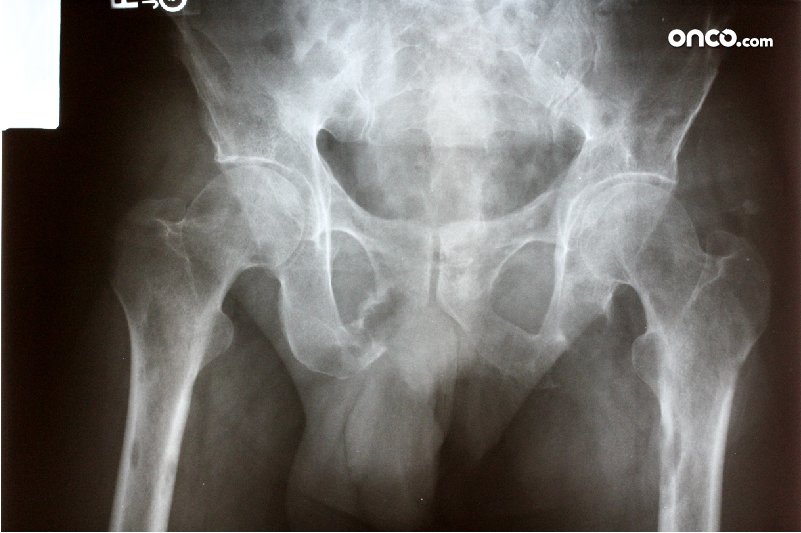What are the risk factors of bone cancer?
A risk factor is that which influences an individual’s chance of getting a disease. The causes of bone cancer may be due to lifestyle, environment, and genetic changes. Read on to find out which risks you might need to be alert. Regular screening can help early detection and consequently, aid more effective treatment. In case of doubt, contact your health care team for more information.


1. Age
Cancers usually appear with age. But in some types of cancers, younger people have a higher risk of developing them.
Osteosarcoma is common in teenagers and young adults and is associated with the growth of bones during puberty. It may also appear in older people.
Spindle cell sarcomas and chondrosarcomas tend to occur in adults between ages 35 and 40 while chondromas occur in adults over 60 years of age.
2. Radiation therapy or chemotherapy:
People who have received radiation or chemotherapy previously run the risk of developing bone cancer, even though it is negligible. If it does occur, it is usually 10-20 years after having radiotherapy. People previously treated with certain chemotherapy drugs, including alkylating agents and anthracyclines, might have an increased risk of developing secondary cancer like osteosarcoma. Majority of radiation-induced sarcomas like angiosarcoma and undifferentiated pleomorphic sarcoma of the soft tissue. Others may be like osteosarcoma.
3. Individuals with non-cancerous (benign) bone tumors:
Paget’s disease of the bone is a benign condition that causes painful and deformed bones. It mostly occurs in people older than 60 years of age, which results in the formation of abnormal bone tissue. The bones affected are usually dense, thick, brittle and weak. They may be susceptible to a fracture. While Paget’s disease is not fatal, it increases the risk of developing osteosarcoma. Osteosarcoma develops in 1% of cases when the tumor affects many bones. A non-cancerous bone tumor-like osteochondroma (or chondroma) can sometimes develop into chondrosarcoma.
Also, people with multiple hereditary exostoses (HME) have an increased risk of developing chondrosarcoma. It causes lumps to grow most commonly in the limb bones. This condition mostly shows appearance in childhood but not in all cases. It is inherited by people who have a close relative who has bone cancer.
Ollier’s disease, also known as enchondromatosis, causes several benign tumors in the cartilage. This disease increases the risk of developing chondroblastostoma. Furthermore, Maffucci’s syndrome is a benign condition that causes abnormally shaped bones. Approximately 20 – 40 % of people
4. Genetic disorders:
People who have inherited a gene that is maladaptive to the bones may run the risk of developing bone cancers. Hereditary retinoblastoma is a rare eye cancer affecting children. They are more susceptible to develop bone cancer (osteosarcoma), soft tissue sarcomas and other cancers. Radiation therapy used as a treatment for retinoblastoma also increases the risk of osteosarcoma. Despite this, there are examples of non-inherited genes whose defects need more research.
Li-Fraumeni is an inherited syndrome caused due to gene fault. It increases the risk of several cancers, including bone cancer.
5. Bone Marrow Transplant:
Bone marrow transplant is a procedure that replaces bone marrow that is malignant due to infection or chemotherapy. In such cases, there has been an increased risk for developing bone cancers.
